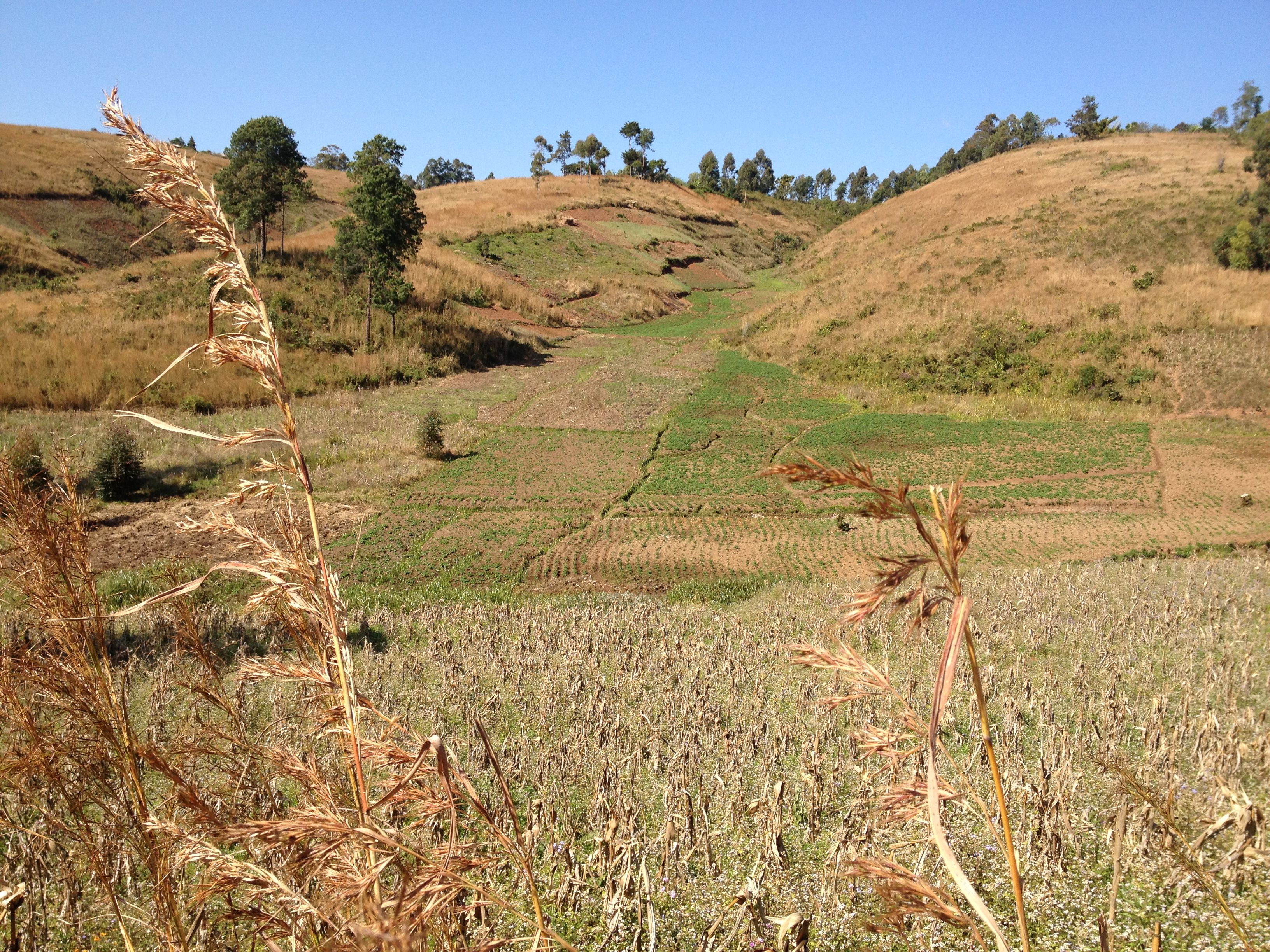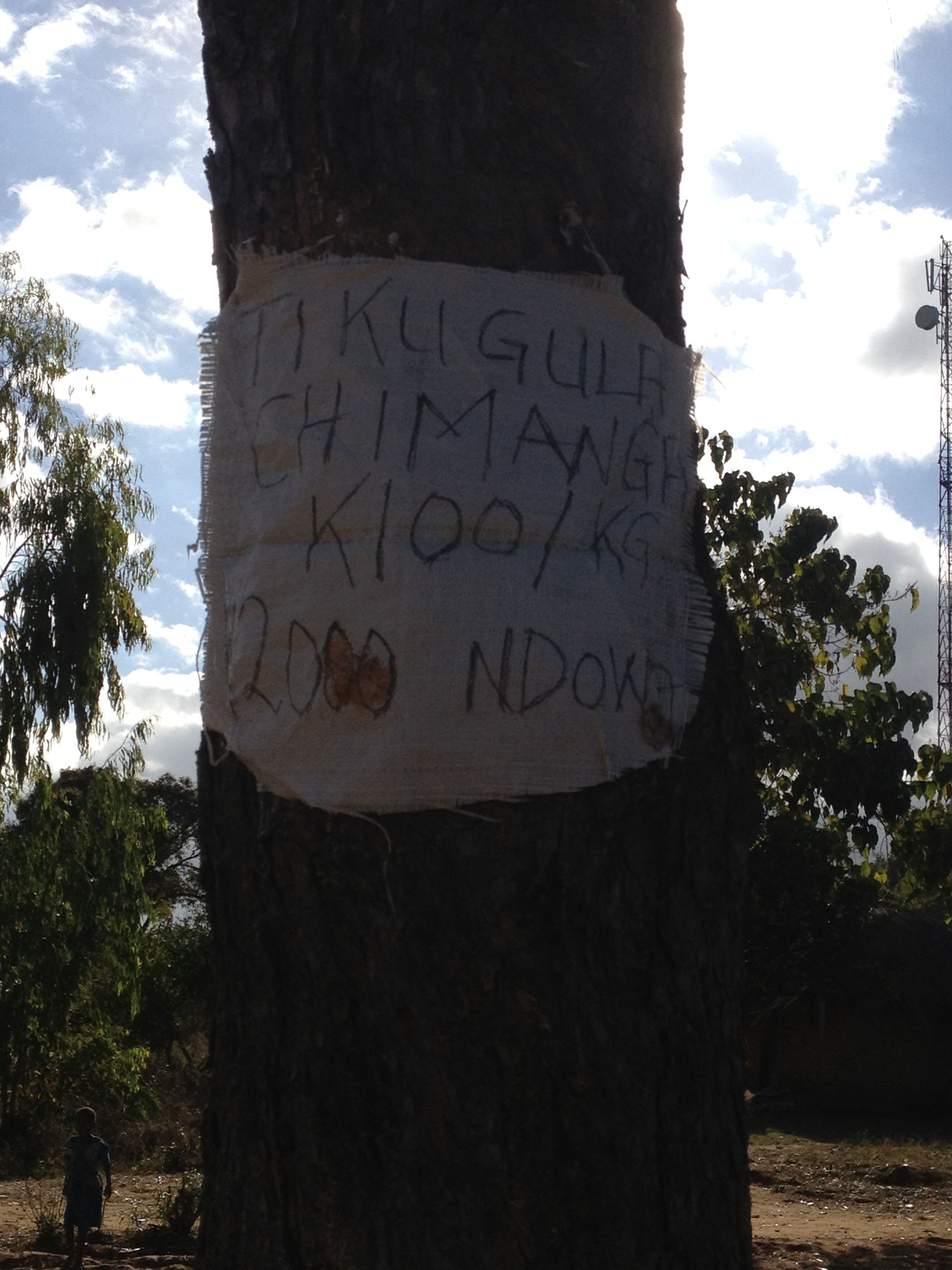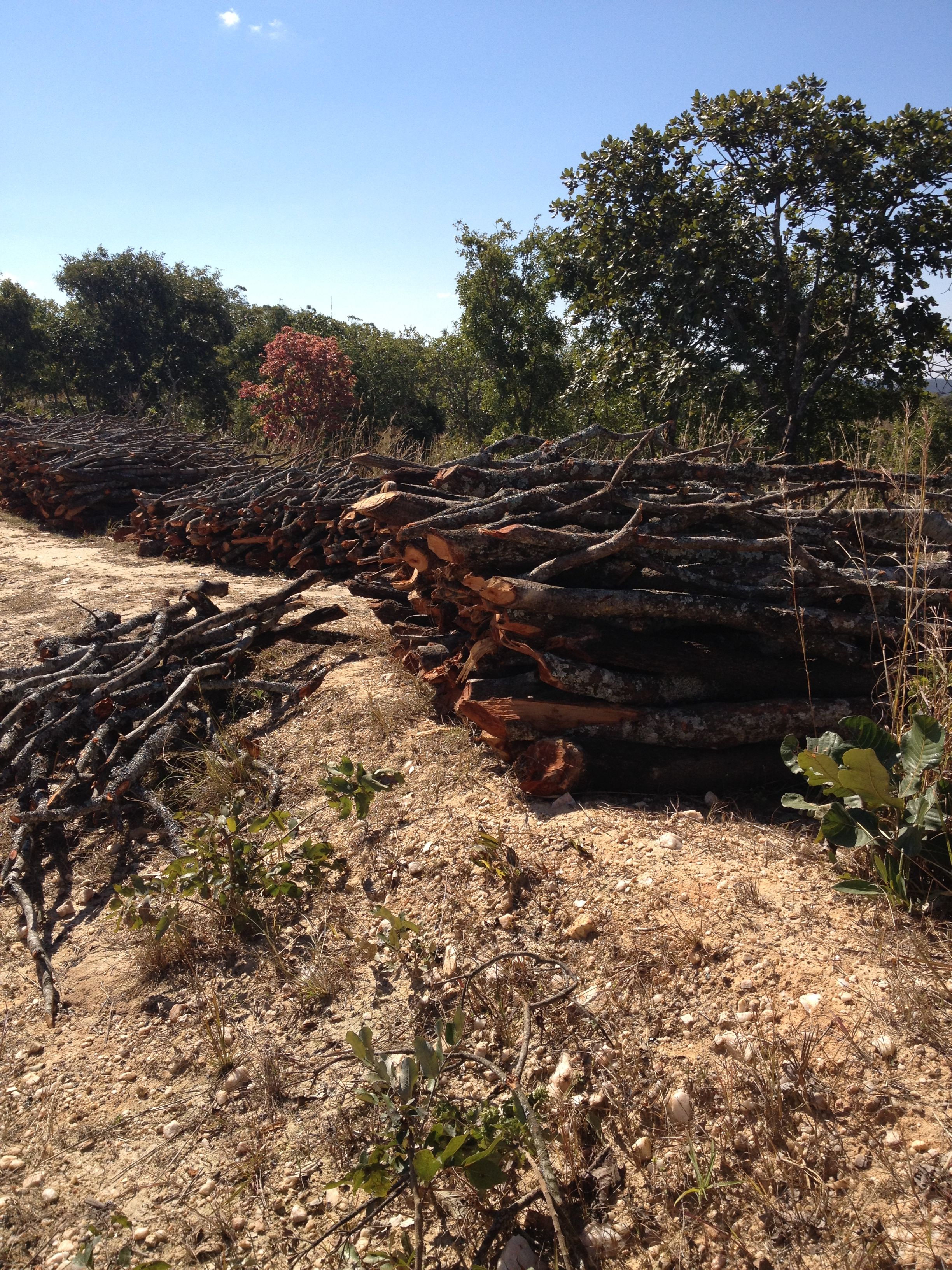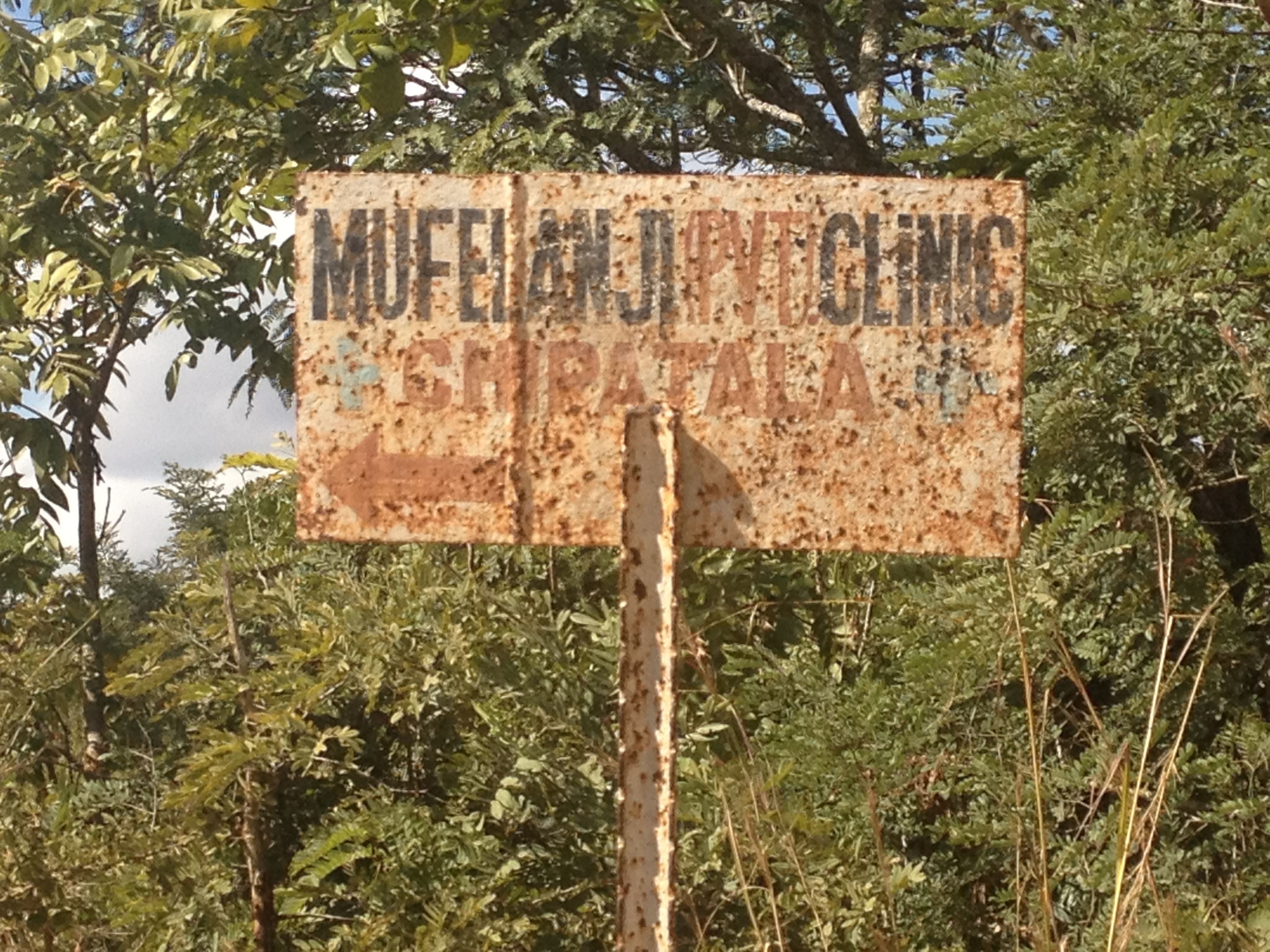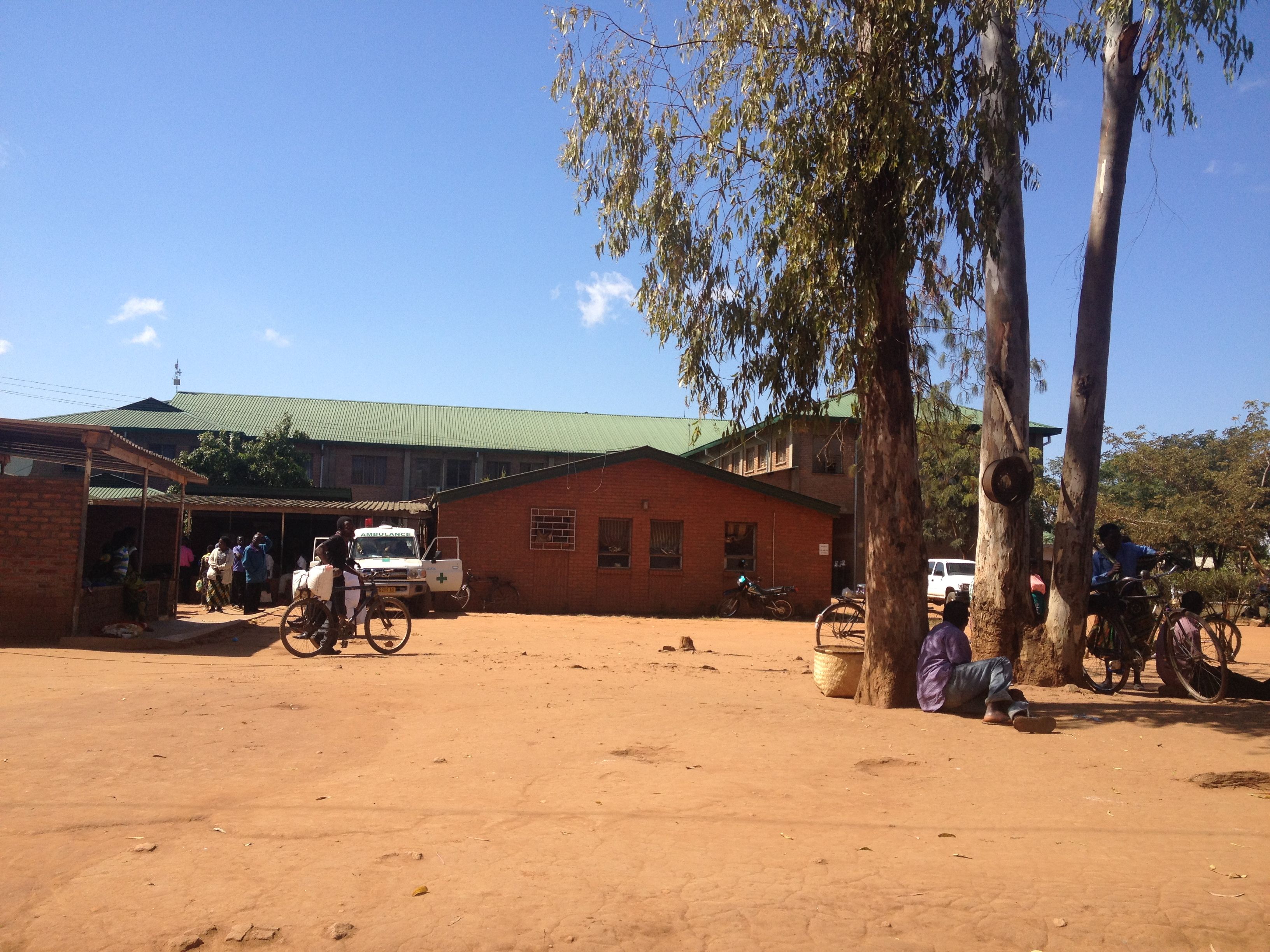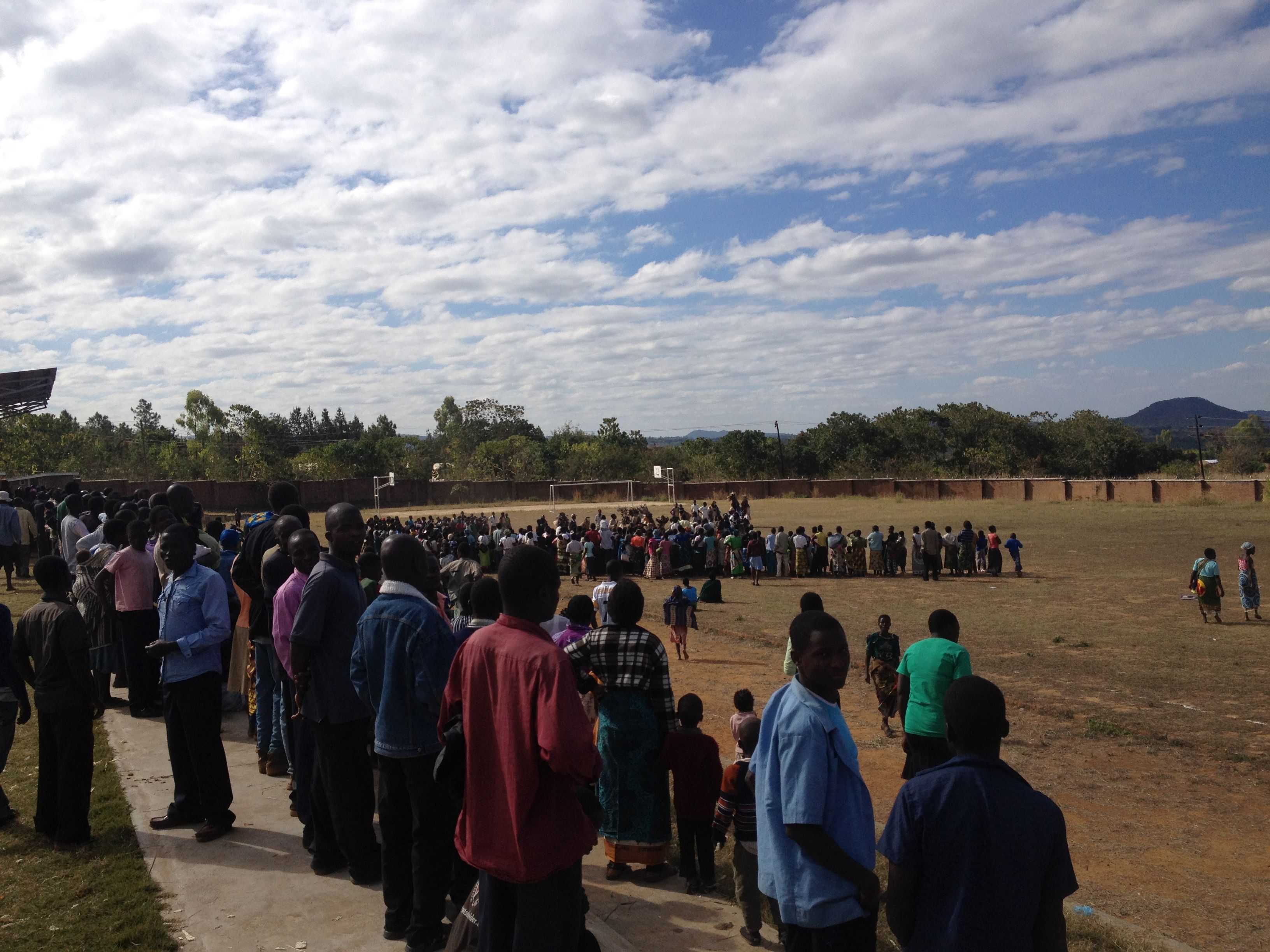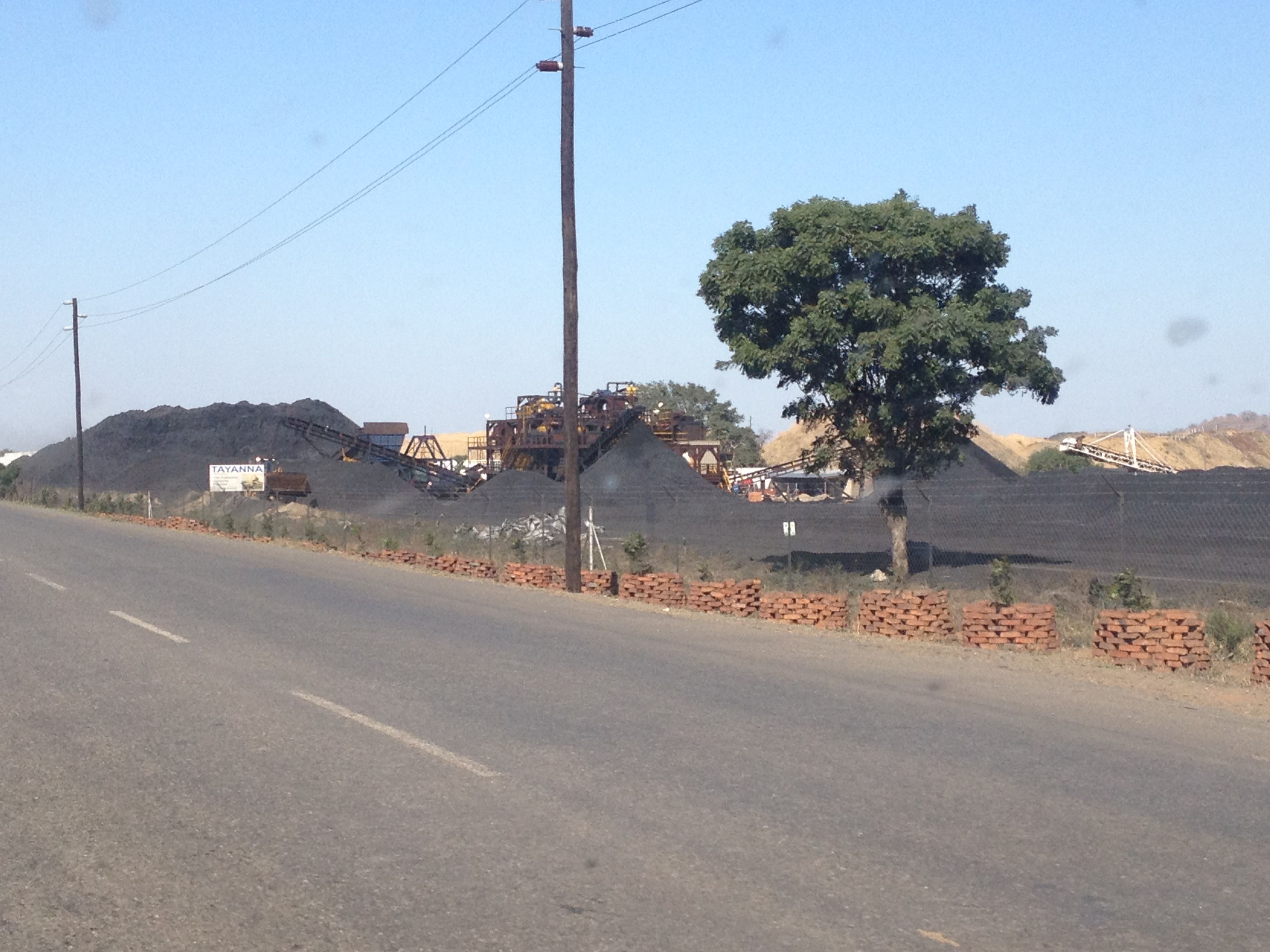August 26, 2013 | Pulitzer Center
By
Luke Messac, for the Pulitzer Center
To better understand the importance of free public health care facilities in rural Malawi, it helps to see how precarious life there can be. These photos, taken along the well-trod path from the mountain villages of Nsambe to the nearest government hospital over 13 miles away in Neno, show the lengths to which people must go to eke out a living in rural Malawi.

